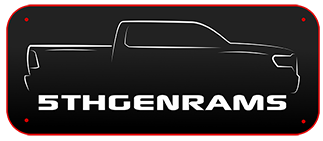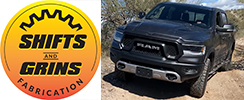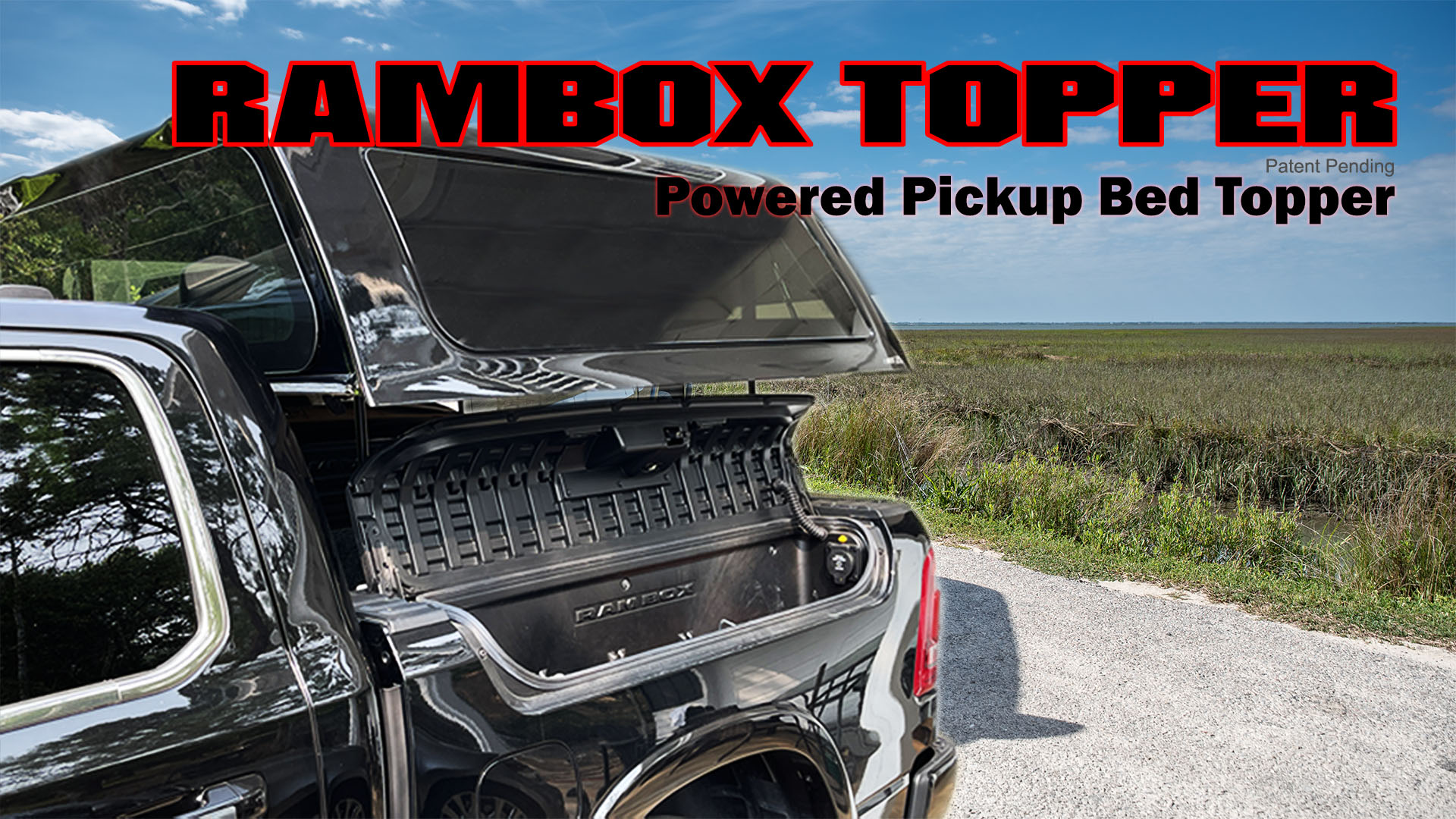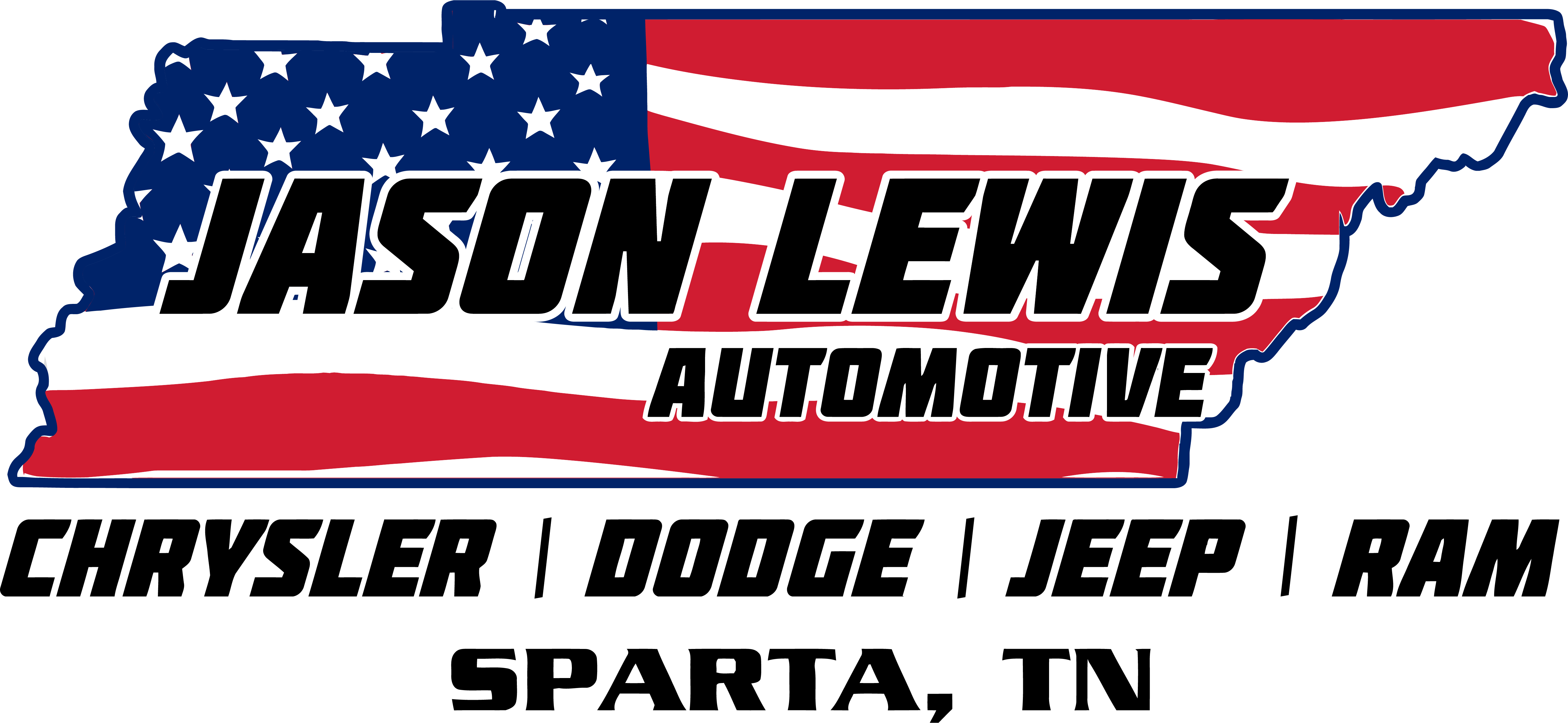@DavidNJ (to see if we are thinking along the same lines) I agree. Tongue weight is a number that doesn't need to exist(and payload)...if you can follow me.
We will start with a properly setup truck at a CAT scale. Steer axle, drive axle, trailer axle weights will help us determine where the weight is positioned. (As you can see...no given number for tongue weight)
Front GAWR, Rear GAWR, trailer GVWR and trucks GCWR.
So we will go with what we know.
GCWR on a 4x4 Hemi with 3.92 gears (Crew 5'7 for this sample) is 17000. This is the max combined weight that a configured RAM 1500 can safely control according to SAE J2807.
GAWR is front 3900 and rear 4100 for a combined 8000 lbs. Yes I know, 900 lbs more than GVWR of 7100.
So at max weight of 8000 lbs on the drive and steer axle that leaves 9000lbs that can go on the trailer axle.
And then this is where it gets confusing, or interesting. Because this is where your hitch takes weight off of the steer and moves it to the drive axle from taking weight from the trailer.
So this is where you realize you can not load the truck to 8000 lbs and have a 9000 lbs trailer. The truck weight and cargo is not ever going to be evenly distributed over steer and drive axle.
So now let's go to base weights
Front axle base is 3093 and rear is 2176.
The base weight is 5269...which we know is absolutely not the truck most people buy.
So now, How do we figure what weight was taken away from the front when trailer was hitched. At the CAT scale you get 3 weights. Truck, truck and trailer without WDH hooked up and truck trailer with WDH hooked up.
Still no tongue weight given, but then you do the math.
Truck weight without trailer from truck with trailer, that gives you your tongue weight.
And this is where the 10 to 15% comes in, as the towers have decided...that is what makes the travel trailer tow the best. The difference must be in that range.
So, since you will be driving with the truck hooked up to tow, drive onto the scale with wdh hooked up. Drive off unhook trailer drive back on. Drive off hook up trailer leave WDH unhooked drive back on. (Or however you want to make the order)
Figure your numbers...and remember, anything rear of the drive axle will be considered tongue weight.
To do final setup, the idea is to return the extra weight from the drive axle back to the steer axle(which as stated also puts some back to the trailer.)(and moving cargo from rear of drive axle to the front of, does the same)
This is where your other weight ratings come in also, the reciever has a rating, the hitch has one and so does the ball...one must not be under the other. Usually, the hitch will be the least, then the ball and then the reciever should be the most...although if they all exceed the final weight any one can be the highest. For my 2015 HD my current setup rates at 13000 for the hitch, 15000 for the ball and 18000 for the reciever. (Or something close to those numbers

)
So with the proper hitching equipment I believe the ratings are right at 1200 tongue 12000 trailer (I will update this with the correct numbers when I get a chance...but that is close) they say to use a WDH for a tongue weight over 500.
So, now we need to look at a CAT scale ticket with these 3 scenarios. There are plenty posted here, but not sure if all 3 conditions are met.
Until I can find these, let me know if you agree, disagree, or if I just stated a bunch of bull.




















